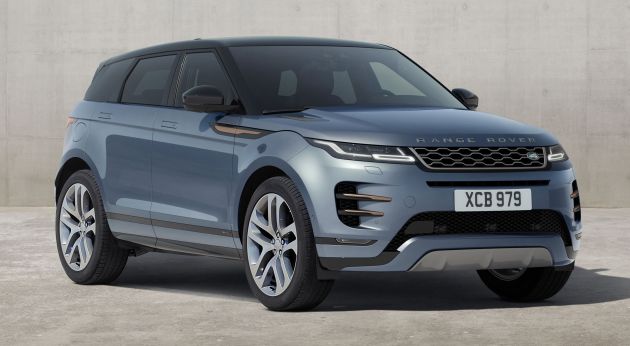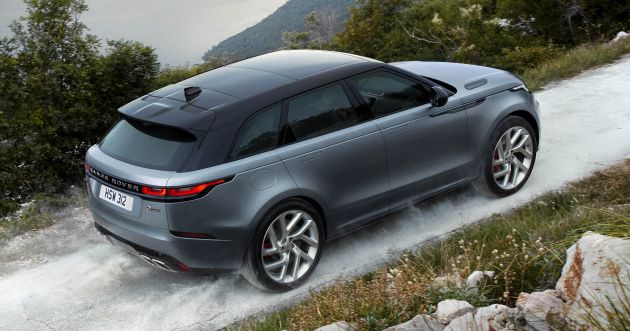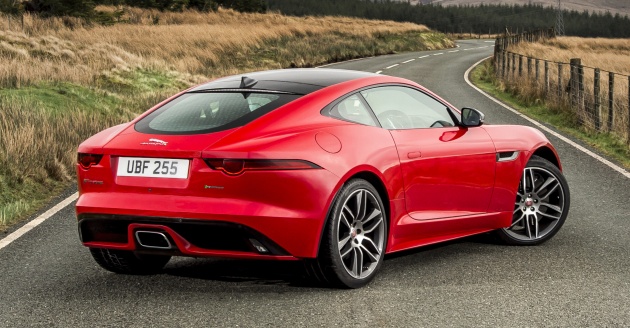Jaguar Land Rover is putting the bulk of the blame on its worst quarterly loss on “challenging market conditions in China,” of which includes a rare decline in industrywide sales and the trade dispute between China and the United States.
However, Automotive News Europe reports that those challenges are only part of the problem the automaker is facing. Instead, what has rattled JLR’s business in China is largely due to its cars’ reliability and dependability.
On the whole, sales for brand new cars in China fell last year for the first time in the past 28 years. Despite the slump, the luxury car market continued to grow, with sales rising 8% to hit 2.8 million cars. Germany’s big three – Audi, BMW and Mercedes-Benz – as well as Cadillac, Lexus and Volvo all posted impressive sales growth in China last year.
Meanwhile, sales for JLR slid 22%, down to 115,000 in China in 2018. The reason for this, the news portal says, is lax control on product quality. Weak product quality has long been a problem with JLR, the report states, adding that the problem has been around since the time when JLR was still in the hands of Ford. Tata Motors acquired the brand in 2008, but the problem remains.
In 2014, JLR started production at a joint venture with Chery Automobile in the east China city of Changshu. From 2015 to 2017, five locally assembled products – the Evoque and Discovery, and the Jaguar XFL, XEL and E-Pace – were launched.
Local production allowed JLR to modify vehicle interiors and exteriors to suit local tastes, and it also let buyers avoid paying the 25% tariff that Chinese customs levied on imported cars back then. As a result, JLR’s China sales surged to 146,399 in 2017, up from 92,474 in 2015.
Yet, because product quality was never effectively addressed, the number of defects reported by owners increased in tandem. In China and the US, both brands (Jaguar and Land Rover) routinely rank well below the industry average for new and three-year-old vehicle quality and dependability, based on owner surveys conducted by J.D. Power and Associates.
In 2017 alone, JLR carried out 13 recall exercises in China for defects with components ranging from engines, instrument panels and airbags to batteries. The recalls involved over 106,000 vehicles, which was equivalent to more than 70% of its local sales during the year.
Since August last year, Jaguar and Land Rover owners have regularly protested in front of JLR’s China headquarters in Shanghai to bring attention to widespread quality problems they allege with their cars and SUVs.
Local dealers, burdened with a 60-day or larger supply of unsold new vehicles, have offered steep discounts to ease inventory pressure. In fact, some dealers started selling imported Jaguar models at discounts of up to 30%. The move spurred the creation of a catchphrase – “Jaguar at 70% price.”
The quality problems that now plague both brands have further dented their respective brand image, thus making them even less attractive to local customers. In June, JLR’s joint venture with Chery completed an expansion that raised annual production capacity from 130,000 to 200,000 vehicles. Over the next month, JLR’s China sales began a steady decline, forcing the joint venture to idle output.
There are other challenges JLR needs to address as well. First, it must integrate sales and distribution of locally built products and imported models. It also needs to roll out more electrified vehicles to meet local regulatory requirements.
JLR’s dealer network in China is also a work in progress. Currently, only 18% of its outlets are in tier-one cities such as Shanghai and Beijing, and more than one-third have been open for three years or less.
The company says it’s also streamlining commercial policies to help compensate for retailers’ losses, and plans to launch extensive on-site training programmes to improve customer experience as well as operations.
But the most pressing issue it has to tend to is product quality. After posting a quarterly loss of close to RM18 billion, JLR needs to raise US$1 billion (RM4.07 billion) within 14 months to service debt. Capital and debt reduction is indeed important for a cash-strapped company. But unless JLR can move fast to fix nagging product glitches, there is no guarantee the money will be well spent.
Research Jaguar Cars at
Source: Read Full Article









